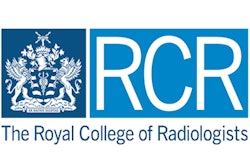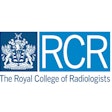The Royal College of Radiologists (RCR) has launched the fourth edition of its Clinical Oncology Radiotherapy dose fractionation guidance.
The new guide includes 22 individual tumour site chapters and is based on evidence published since the third edition in 2019. Since the first edition in 2006, there has been greater standardization of treatment reflecting many influences, including more widespread appreciation of evidence-based practice, nationwide involvement in clinical trials addressing fractionation questions within the National Cancer Research Network and National Institute for Health Research, and organization of cancer care within networks charged with adherence to local and national guidelines, the authors noted.
"It has been important to recognise that, despite adoption of intensity-modulated radiotherapy (IMRT), image-guided radiotherapy (IGRT), volumetric modulated arc radiotherapy (VMAT) and stereotactic body radiotherapy (SBRT) with changes to redefine fractionation during the past decade, many clinical scenarios, particularly for palliative treatments, will still require conventional therapy techniques, and this is reflected in these guidelines to ensure a comprehensive cover of clinical radiotherapy. Brachytherapy may form part of the patient’s treatment but was not considered further as part of this project," they wrote.
Led by Prof. Peter Hoskin, of Mount Vernon Cancer Centre, the RCR's fourth edition clinical oncology radiotherapy dose fractionation guide incorporates graded evidence according to guidelines defined by the Oxford Centre for Evidence-Based Medicine. Consulting stakeholders include Action Kidney Cancer, British Association of Head and Neck Oncologists, British Gynaecological Cancer Society, British Uro-Oncology Group, Children’s Cancer and Leukaemia Group, National Cancer Research Institute (NCRI) Clinical Studies Groups (CSG), SABR UK Consortium, and the U.K. Breast Cancer Group.
The RCR's fourth edition radiotherapy dose fractionation guidance is available for free download here.



















